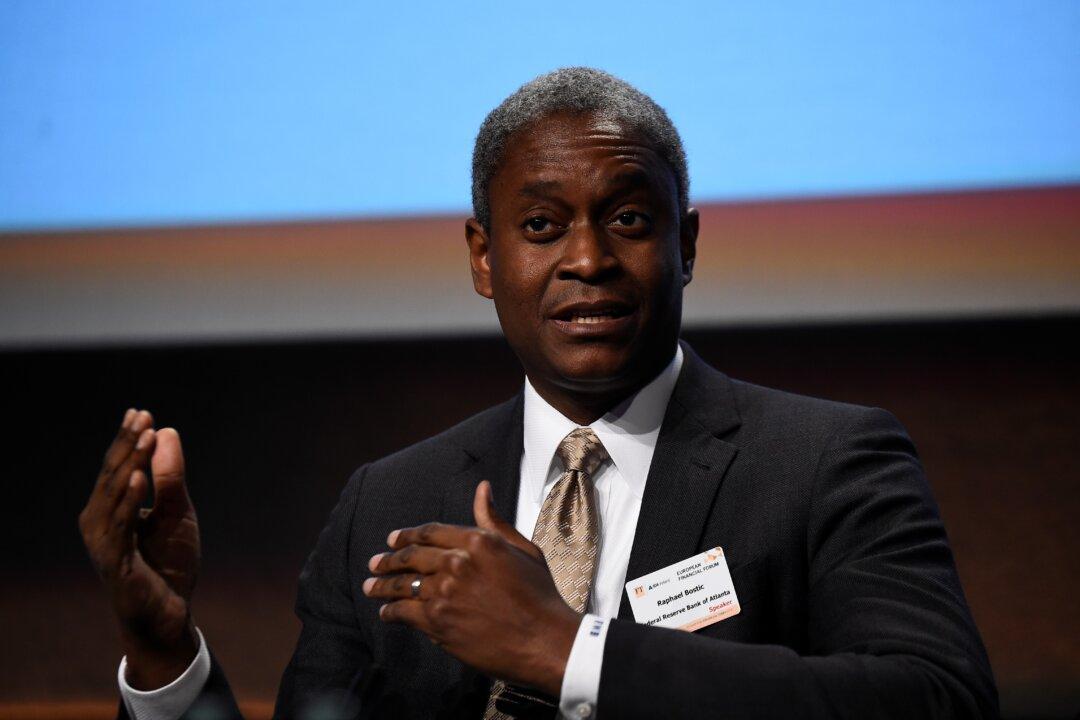It appears that the stronger-than-expected U.S. jobs report last week likely means that the Federal Reserve may be open to raising the interest rate higher than planned, said a member of the Fed board.
Federal Reserve Bank of Atlanta president Raphael Bostic, in an exclusive interview with Bloomberg News on Jan. 6, said that the results from January’s strong jobs report raises the possibility that central bank policymakers of the Federal Open Market Committee (FOMC) could hike borrowing rates a bit higher next time than they had previously intended.





